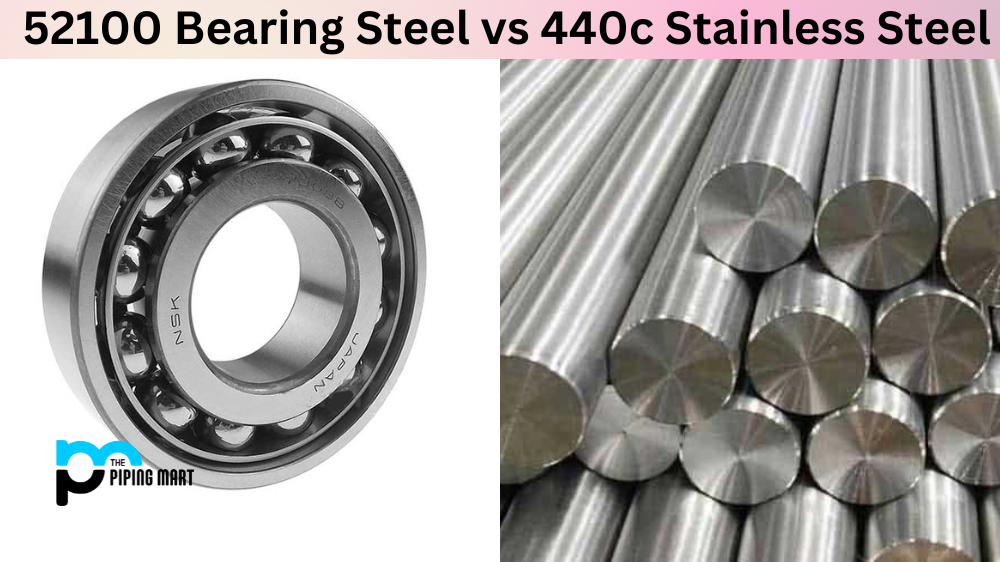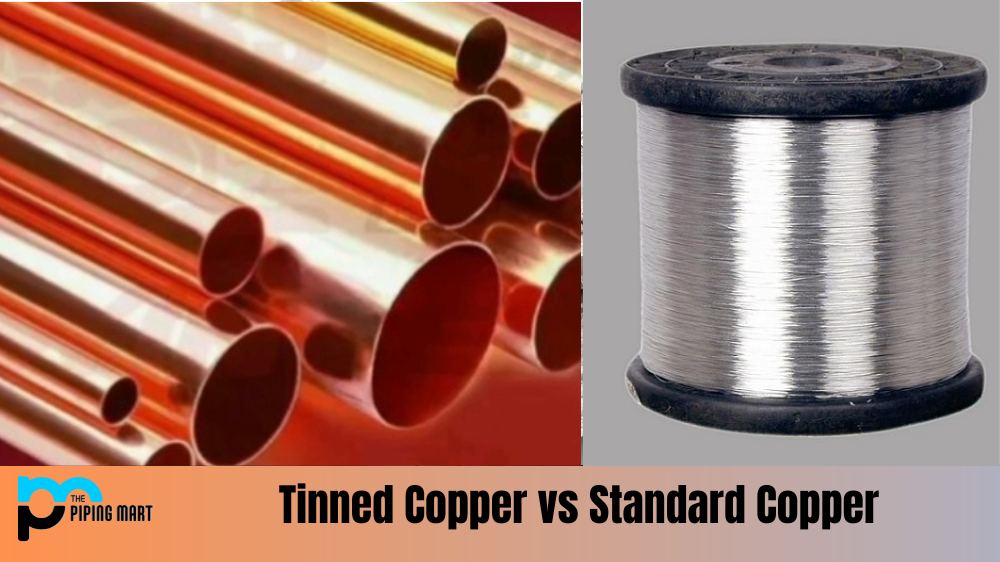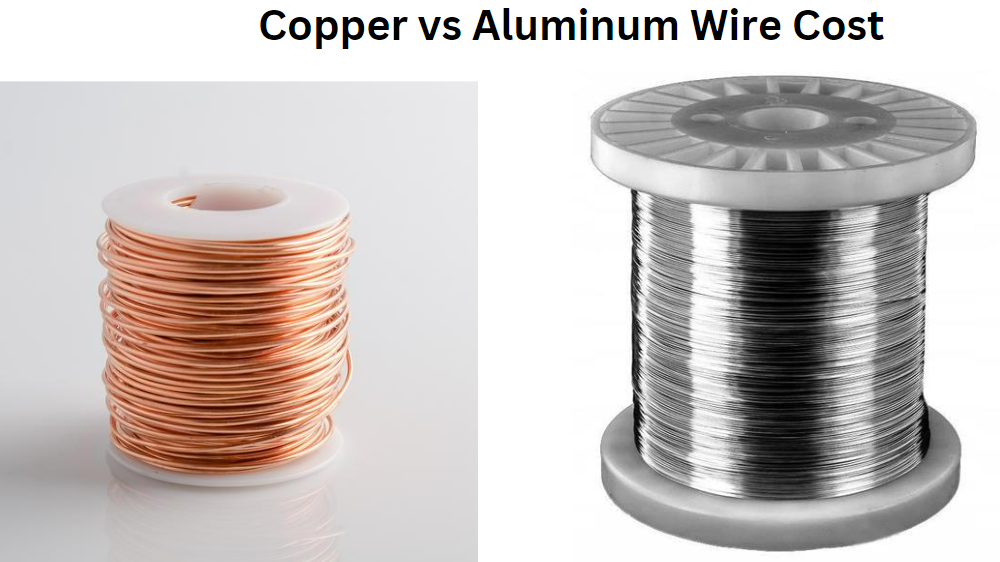When choosing the right steel for your application, navigating the many options available can be challenging. Two popular sheets of steel are 52100-bearing steel and 440c stainless steel. Both are high in carbon content, making them ideal for cutting tools and other highly specialized applications. However, each steel has its unique set of benefits and drawbacks. In this article, we’ll compare the features of these two steels and help you determine which is best suited for your needs.
Difference Between 52100 Bearing Steel and 440c Stainless Steel
Carbon Content
The carbon content is the first difference between 52100-bearing and 440c stainless steel. 52100 bearing steel has a high % carbon content of 1%, while 440c has a lower % carbon content of 0.95%. The higher carbon content in 52100 steel makes it harder and more durable. 52100 steel is often used in high-stress applications like ball bearings, chisels, and heavy machinery. On the other hand, the lower carbon content in 440c steel means it’s easier to weld and has greater toughness. This is why 440c is used in applications like knives, surgical instruments, and high-end tooling.
Corrosion Resistance
Another significant difference between these two steels is their corrosion resistance. 52100 bearing steel is not resistant to corrosion and oxidization, making it unsuitable for wet or humid environments. 440c stainless steel, however, is highly resistant to rust and corrosion. This steel contains chromium, which provides the necessary chemical resistance to withstand harsh environments. For this reason, 440c steel is commonly used in marine and surgical applications.
Heat Treatment
Its heat treatment method is critical in determining a steel alloy’s quality. Heat treatment exposes the steel to high heat and rapidly cools it down to modify its microstructure. 52100 steel is known for its hardening capabilities and is ideal for applications that require high wear resistance. It can be heat treated to achieve a hardness level of up to 60 HRC. 440c steel, on the other hand, cannot achieve the same high hardness level as 52100 steel. It has a maximum achievable hardness of 58 HRC.
Price
Price is always a significant factor to consider when selecting a steel alloy. 52100 bearing steel is more expensive than 440c stainless steel. The primary reason for this price difference is the level of complexity involved in manufacturing 52100 steel. It requires additional manufacturing steps, resulting in higher costs. 440c steel, on the other hand, is easier to produce, making it an affordable option for knife makers and hobbyists.
Applications
52100 bearing steel and 440c stainless steel are used in various applications. 52100 steel is commonly used in ball bearings, machine parts, and heavy equipment. 440c steel is used in knives, surgical instruments, and high-performance tooling. Regarding application versatility, 440c wins as it can be used in marine applications and high-performance tools.
Conclusion
Choosing the correct steel alloy is critical to the success of any project or application. There isn’t one size that fits all choice. A lot depends on the specific application when selecting 52100 bearing steel and 440c stainless steel. If hardness and wear resistance are your essential concerns, 52100 steel is the ideal choice. However, if resistance to corrosion and toughness are more crucial factors, 440c steel would be the right choice. When choosing between these two steel types, it’s essential to consider the cost and application of the steel, ultimately deciding what provides the most value for your specific needs.

A passionate metal industry expert and blogger. With over 5 years of experience in the field, Palak brings a wealth of knowledge and insight to her writing. Whether discussing the latest trends in the metal industry or sharing tips, she is dedicated to helping others succeed in the metal industry.




